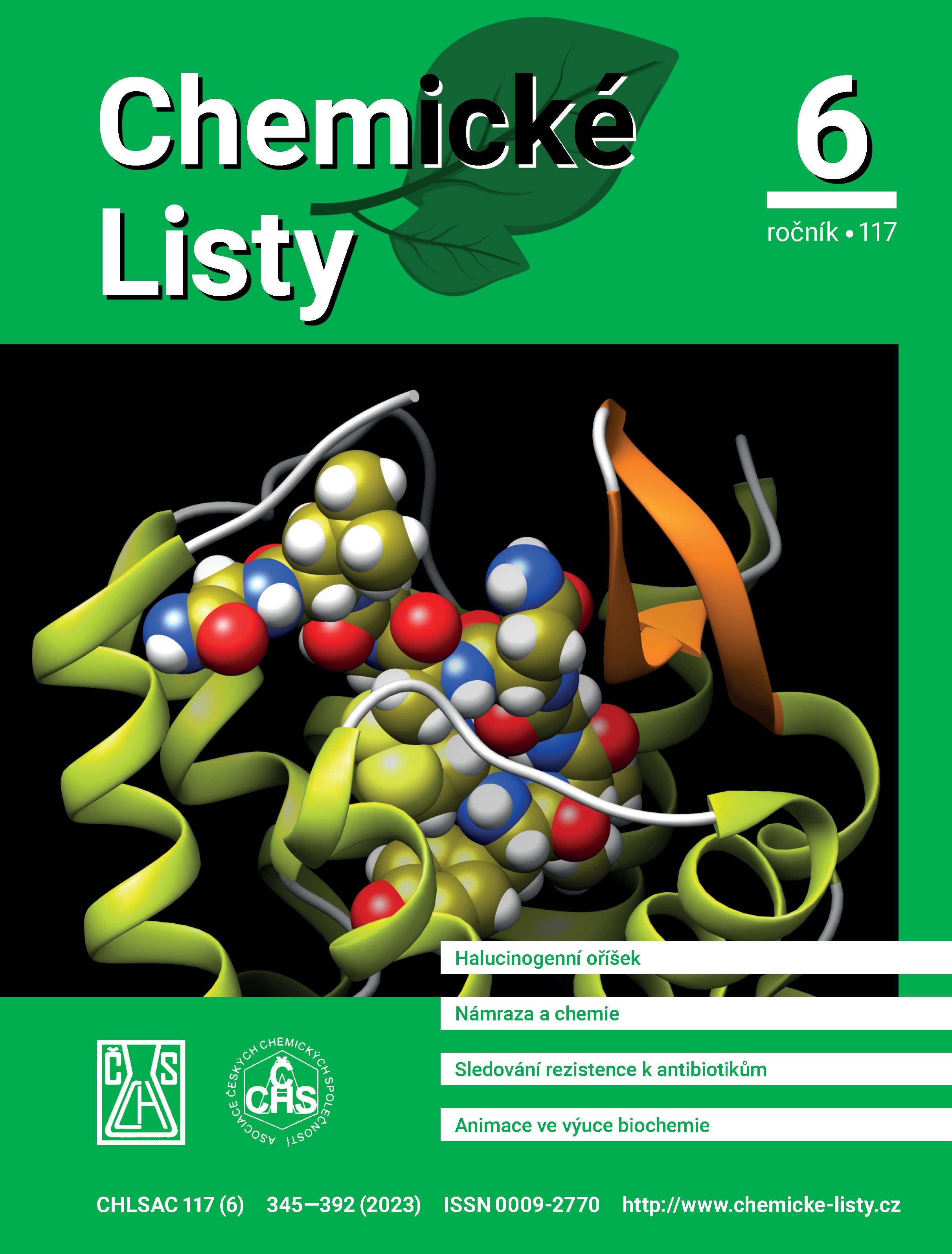Synthesis and Electrochemical Properties of Electrolytes Based on Phosphonium, Sulfonium and Imidazolium Ionic Liquids for Li-Ion Batteries
DOI:
https://doi.org/10.54779/chl20230373Keywords:
ionic liquids, electrolyte, Li-ion battery, sulfonium, phosphoniumAbstract
This work describes synthesis and characterization of three ionic liquids (IL) with imidazolium, phosphonium or sulfonium cations. These ILs were used as precursors for the preparation of electrolytes by adding various types of lithium salts. Thermal and electrochemical properties of the electrolytes were studied to assess their feasibility for usage in lithium-ion batteries (LIB). Ethylmethylimidazolium phosphonic acid ethyl ester [EtMeIm]+[EtPITE]– with added Li salts showed very low conductivities of about 0.02 mS cm–1 and a rather narrow electrochemical stability window of 4.3 V. Of all the ILs under study, this imidazolium-based IL exhibited the worst thermal properties both neat and with additional Li+ salt. Therefore, using this IL as an electrolyte for LIB is unlikely. Methyltributylphosphonium bis(trifluoromethyl sulfonyl) imide [P1444]+[TFSI]– with Li salts had already significantly higher conductivities of 0.4–0.6 mS cm–1 and showed a very wide electrochemical stability window of 7 V. TGA curves of [P1444]+[TFSI]– show excellent thermal stability up to 300 °C. DSC measurements showed semicrystalline behaviour of [P1444]+[TFSI]–; this unfavourable fact was overcome by the addition of Li+ salts. Potential of this IL is very high for the use in LIB. At room temperature, trimethylsulfonium bis(trifluoromethyl sulfonyl) imide [S111]+[TFSI]– is a solid crystalline material, so it was mixed with [P1444]+[TFSI]–. The resulting mixture [P1444]+[S111]+[TFSI]– achieved the highest conductivities of 0.6–1.0 mS cm–1 in comparison to other prepared ILs. The electrochemical stability is also interesting, its ESW value being 5.5 V. Thermal properties are comparable to those of [P1444]+[TFSI]–, but it does not show semicrystalline behaviour. This mixture is a promising electrolyte for LIB.
Full text English translation is available in the on-line version.





